Submitted by WA Contents
Manus x Machina, designed by OMA NY sets a record as MET’s 7th Most Visited Exhibition
United States Architecture News - Sep 07, 2016 - 16:25 24962 views
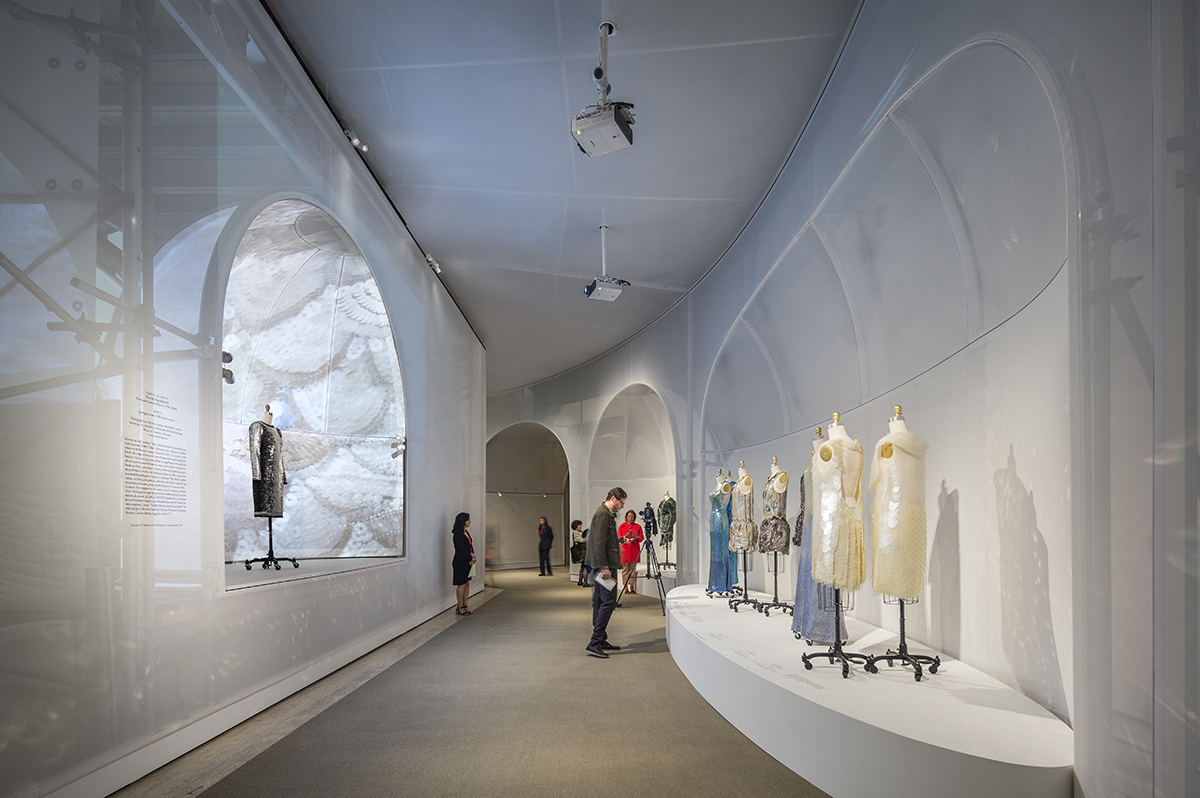
Manus x Machina, designed by OMA New York/Shohei Shigematsu, officially ranked as the Met’s 7th Most Visited Exhibition in the Museum’s History. The Metropolitan Museum of Art (MET) announced that Manus x Machina: Fashion in an Age of Technology, which closed yesterday, attracted 752,995 visitors during its run from May 5 to September 5, putting it in seventh place among the Museum's most visited exhibitions, joining blockbusters such as Treasures of Tutankhamun (1978), Mona Lisa (1963), and Painters in Paris, 1895-1950 (2000).
Video by Brett Beyer
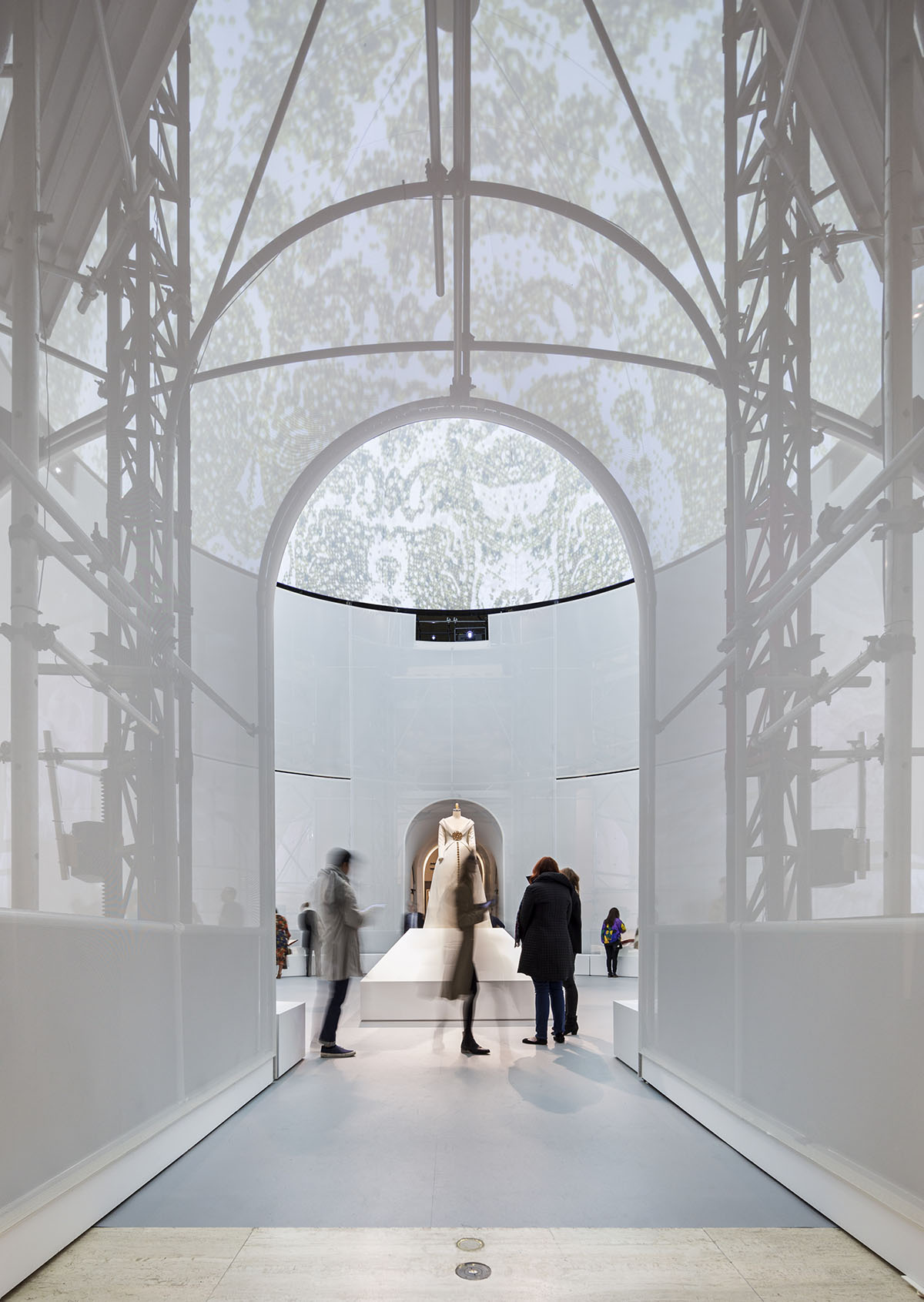
Image © Albert Vecerka
The show also becomes the second most visited Costume Institute exhibition, surpassing Alexander McQueen: Savage Beauty (2011), which had 661,509 visitors. China: Through the Looking Glass remains the department's most popular show with 815,992 visitors and The Met's fifth most visited. All three exhibitions were curated by Andrew Bolton, Curator in Charge of The Costume Institute. Manus x Machina was designed by OMA New York/ Shohei Shigematsu.
Manus x Machina featured more than 170 examples of haute couture and avant-garde ready-to-wear, dating from the early 1900s to the present. The exhibition addressed the founding of the haute couture in the 19th century, when the sewing machine was invented, and the emergence of a distinction between the hand (manus) and the machine (machina) at the onset of industrialization and mass production. It explored this ongoing dichotomy, in which hand and machine were presented as discordant tools in the creative process, and questions this relationship and the significance of the long-held distinction between haute couture and ready-to-wear.
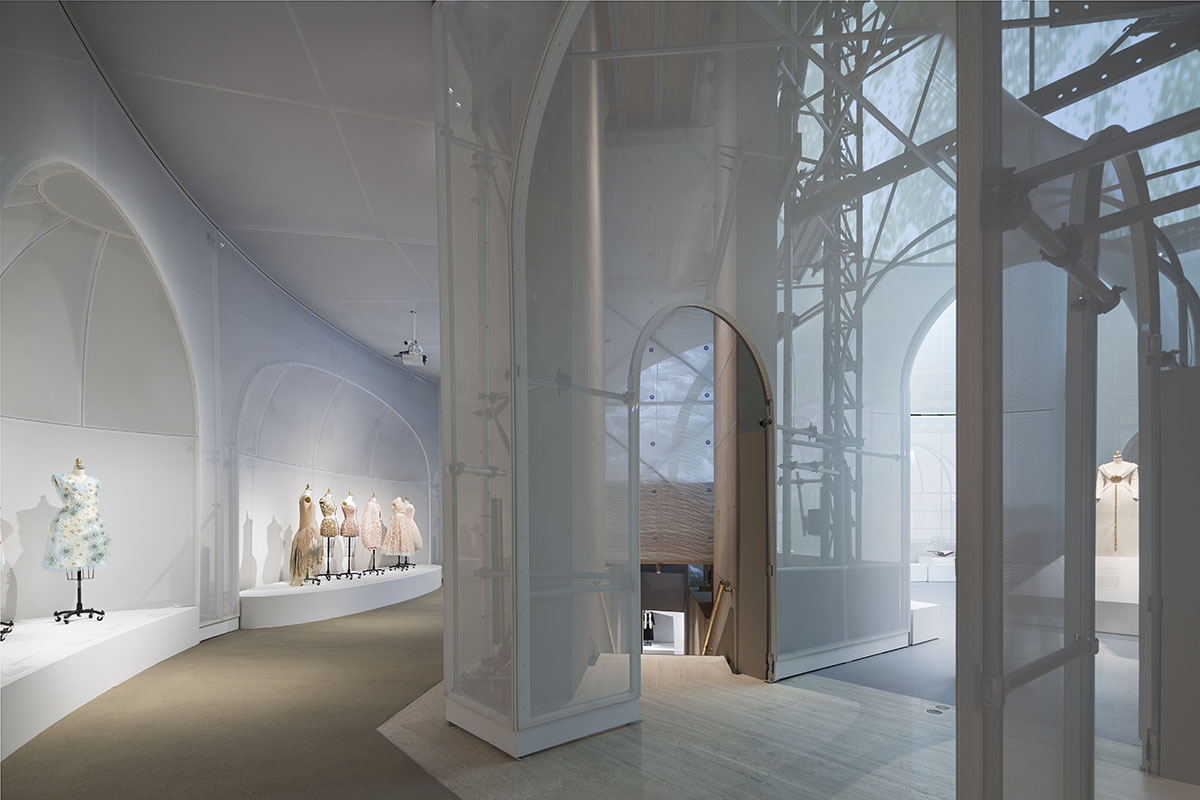
Image © Albert Vecerka
"We are thrilled that so many people from around the world experienced this exploration of the artistry of fashion," said Thomas P. Campbell, Director and CEO of The Met. "The exhibition required the transformation of the Robert Lehman Wing into a domed cathedral-like space that invited people to slow down and contemplate the process and craft of the objects."
The exhibition was structured around the traditional métiers of the haute couture. The first floor unfolds as a series of alcoves, examining the petites mains workshops of embroidery, featherwork, and artificial flowers. The ground floor space was arranged as an enfilade, examining pleating, lacework, and leatherwork. A room dedicated to toiles and the ateliers of tailoring (tailleur) and dressmaking (flou)—the traditional division of a maison de couture—anchors the ground-floor gallery. On both floors, traditional hand techniques are discussed alongside innovative technologies such as 3-D printing, computer modeling, bonding and laminating, laser cutting, and ultrasonic welding.
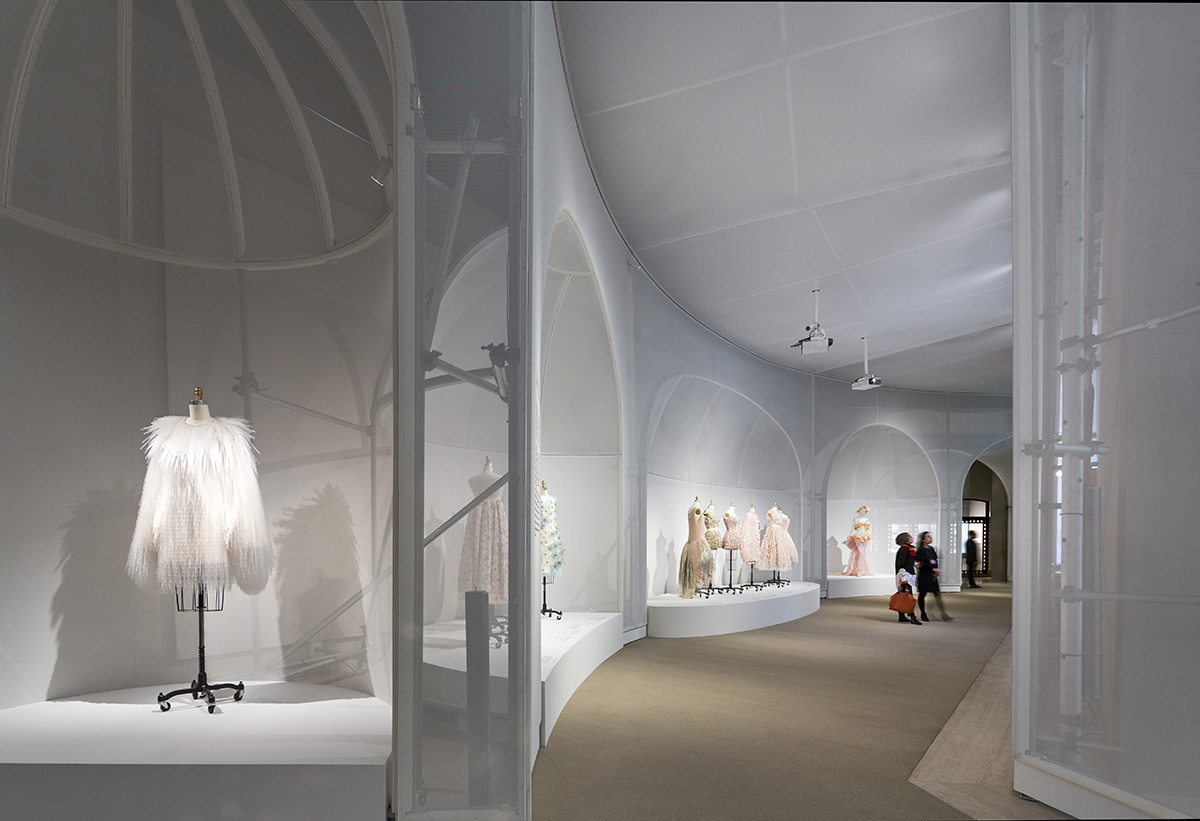
Image © Albert Vecerka
Exhibition designer Shohei Shigematsu commented, “The diverse range of garments required a neutral, integrated environment to focus on the pairings of manual and mechanical processes. An armature of scaffolding wrapped with a translucent fabric introduces a unique temporality within a historic institution.”
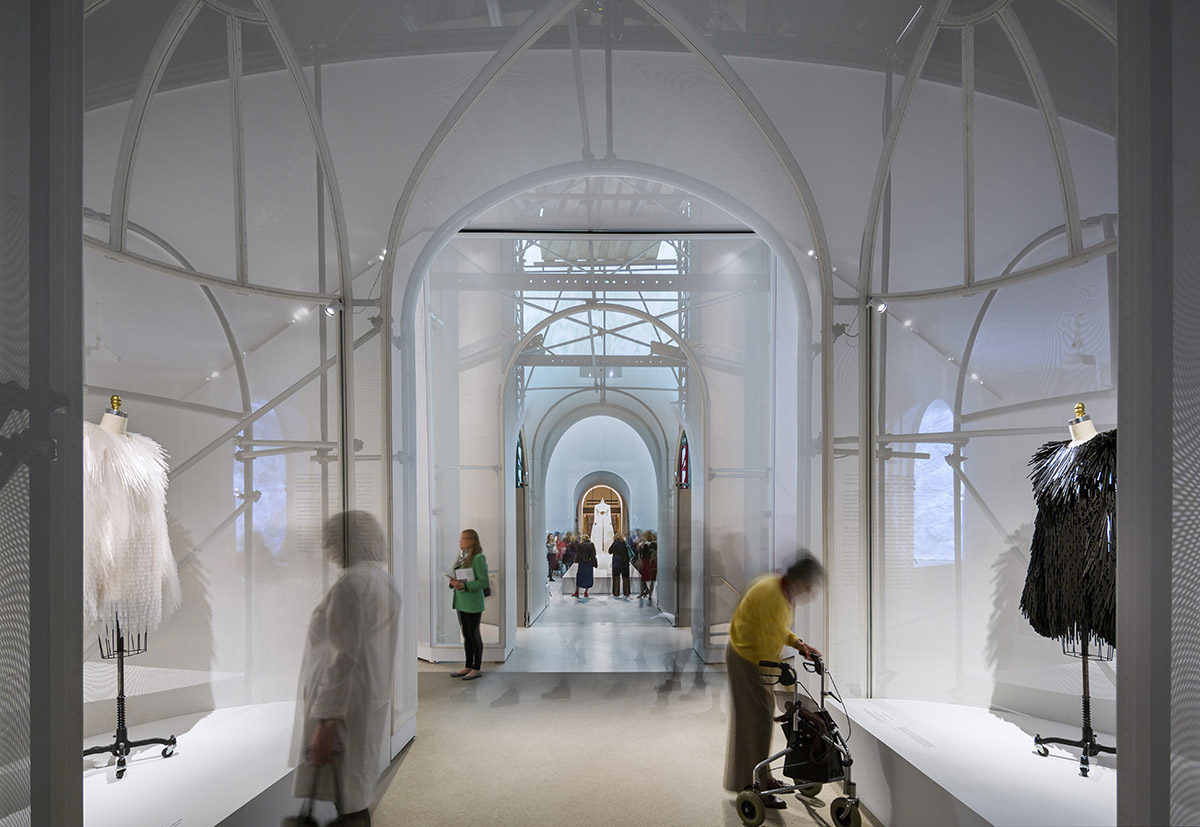
Image © Albert Vecerka
The exhibition, originally set to close on August 14, was extended by three weeks, and hours were added on September 2 and 3, when it stayed open until midnight, three hours past the usual 9:00 p.m. closing time on Friday and Saturday nights.
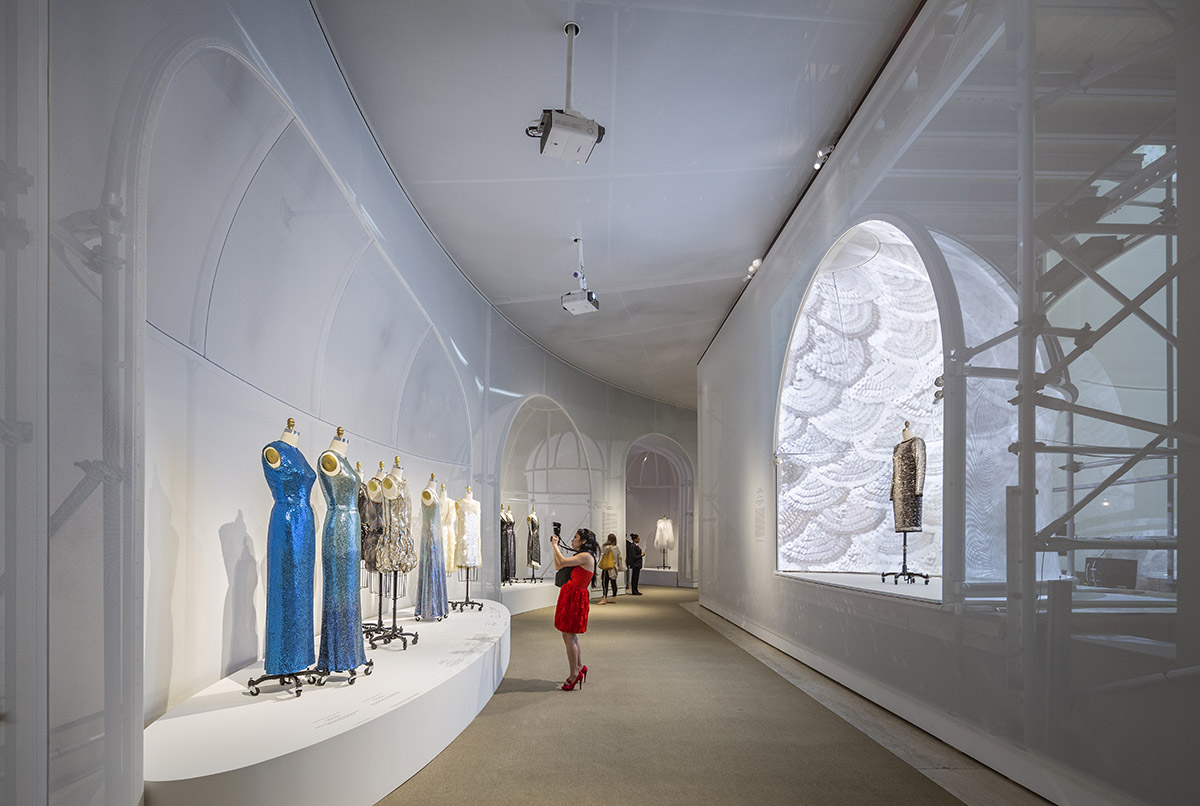
Image © Albert Vecerka
Manus x Machina explored how designers reconcile the handmade and the machine-made in the creation of haute couture and avant-garde ready-to-wear. It addressed the distinction between the hand (manus) and the machine (machina) as discordant tools in the creative process, and questioned the changing delineation between the haute couture and ready-to-wear.
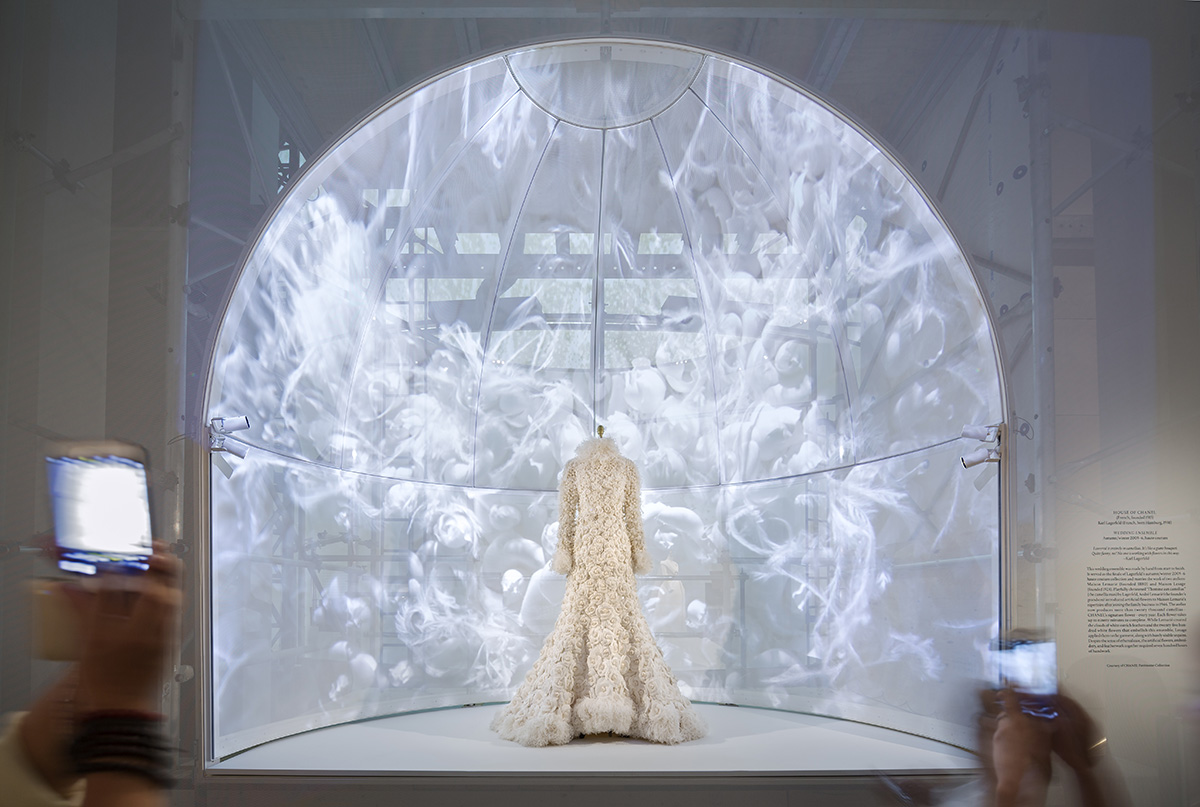
Image © Albert Vecerka
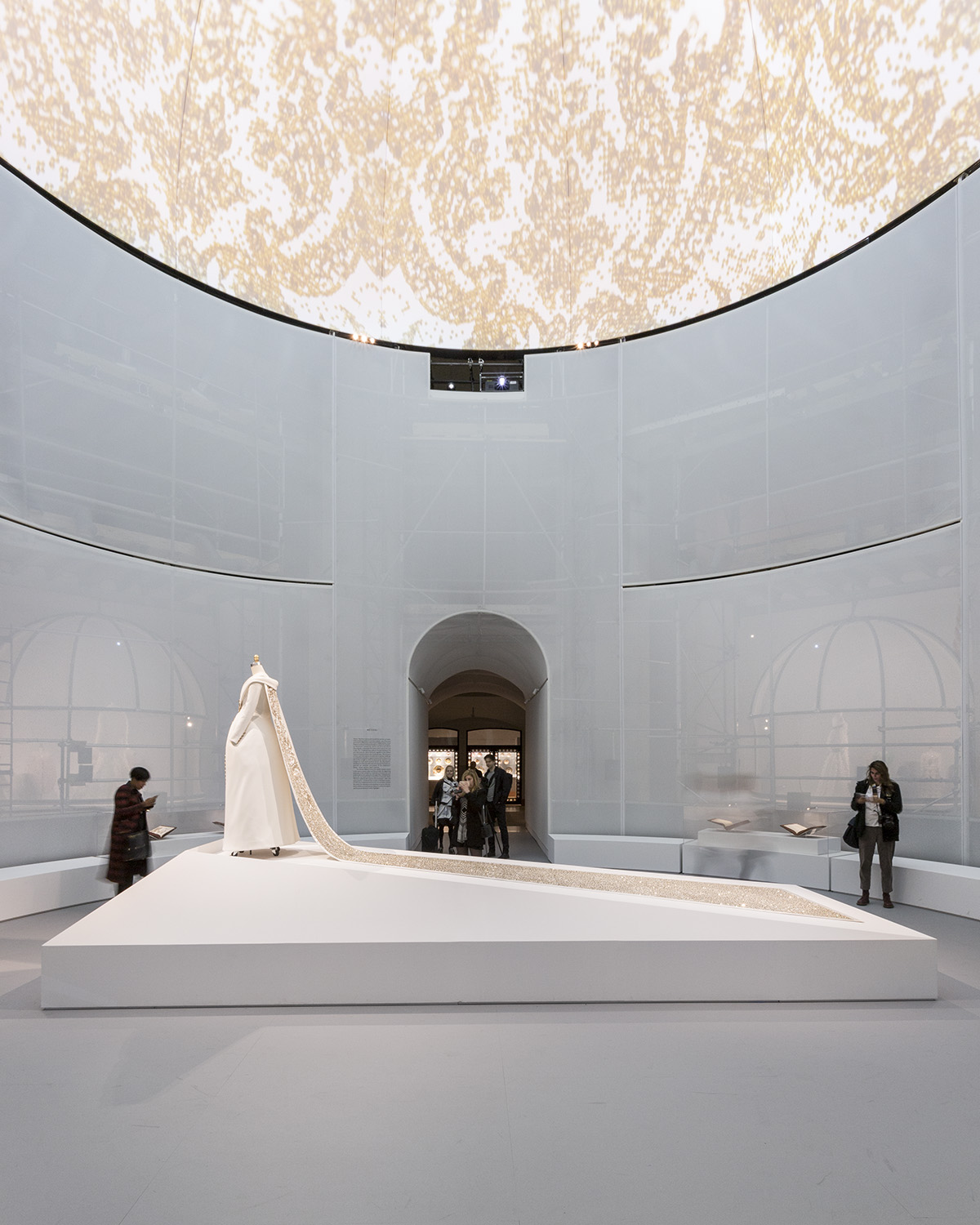
Image © Brett Beyer
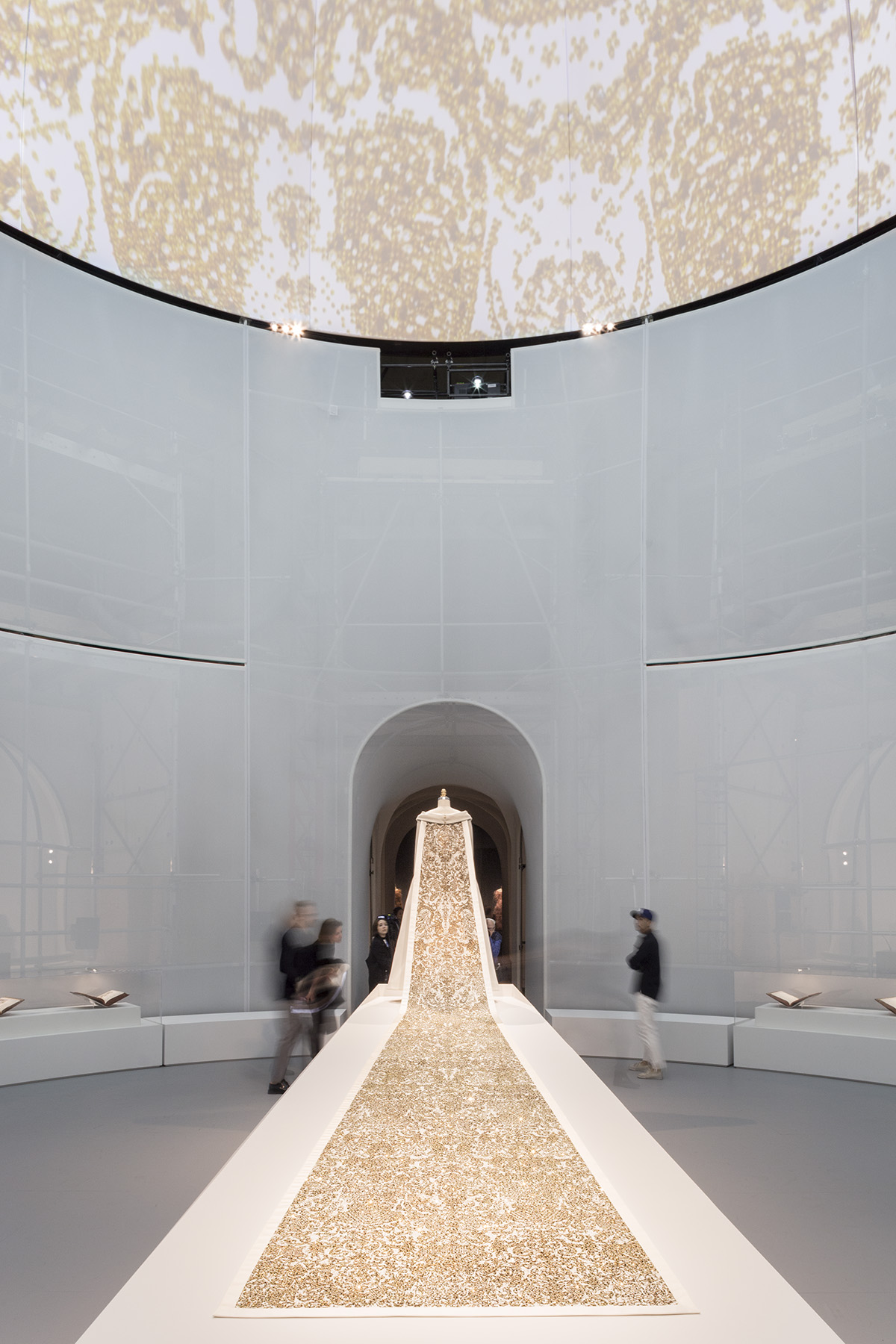
Image © Brett Beyer
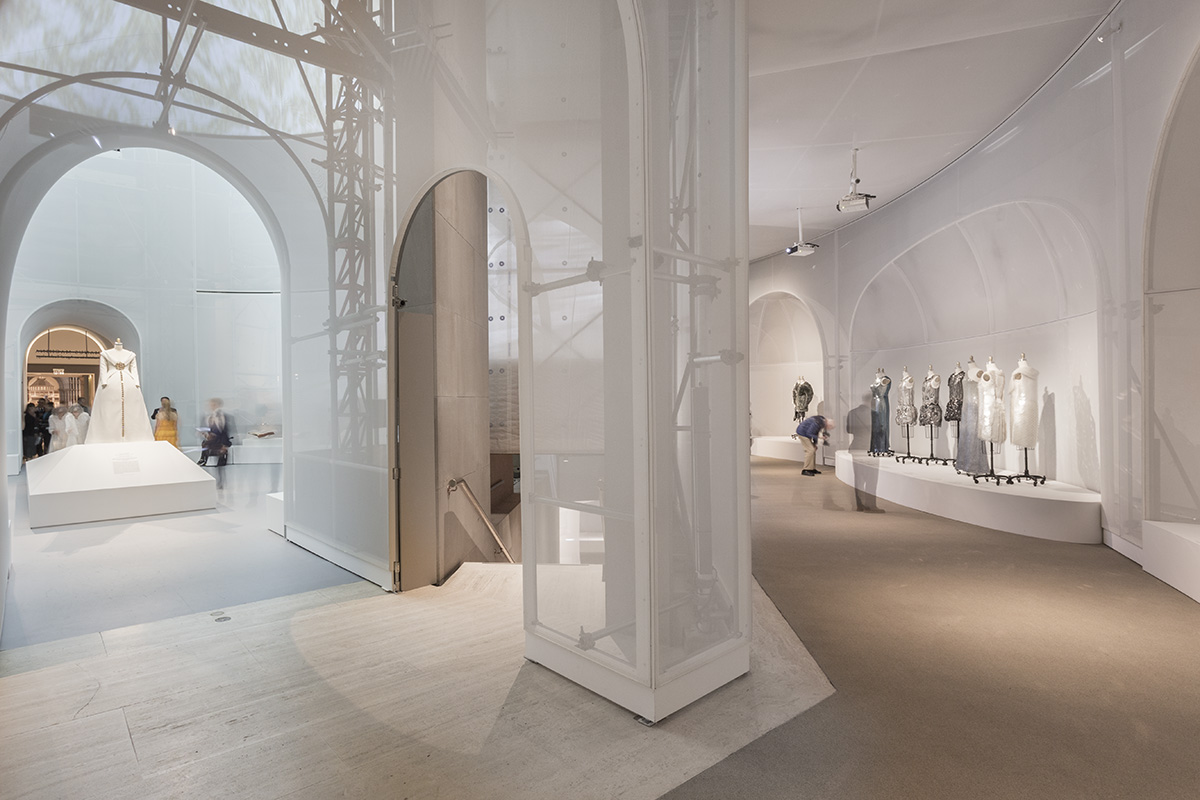
Image © Brett Beyer
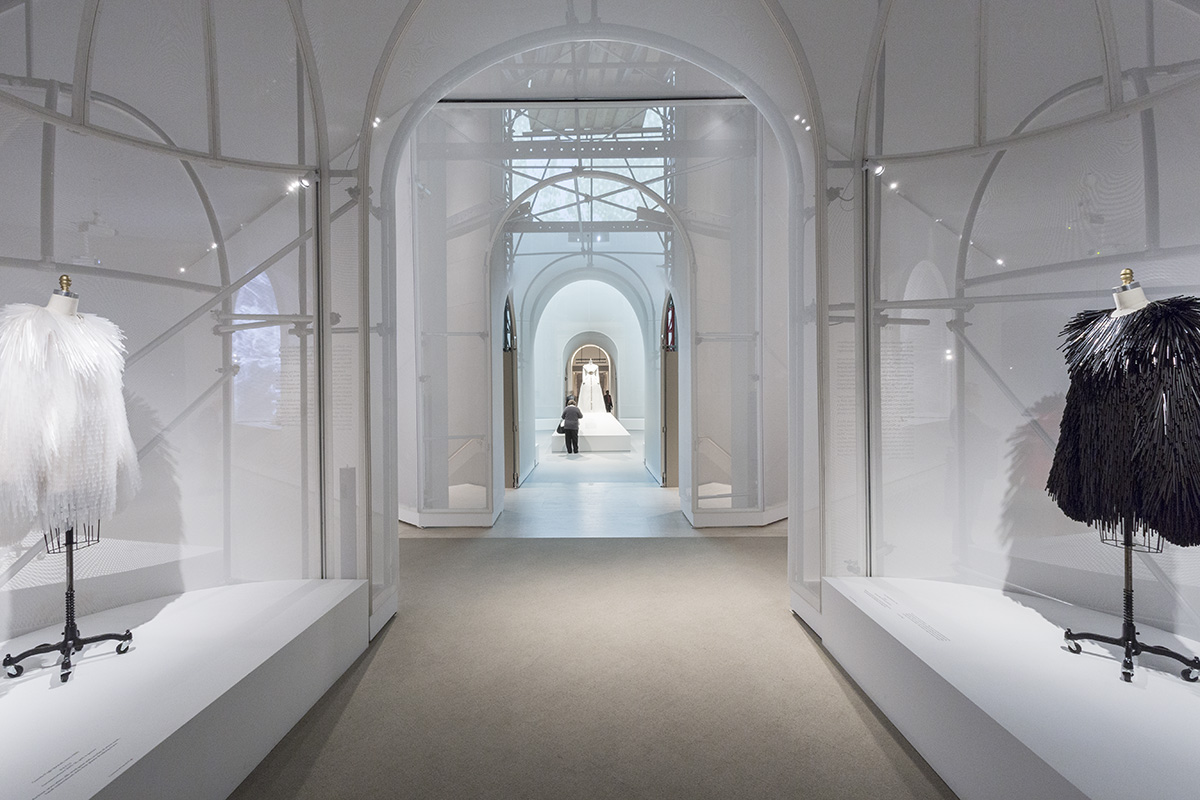
Image © Brett Beyer
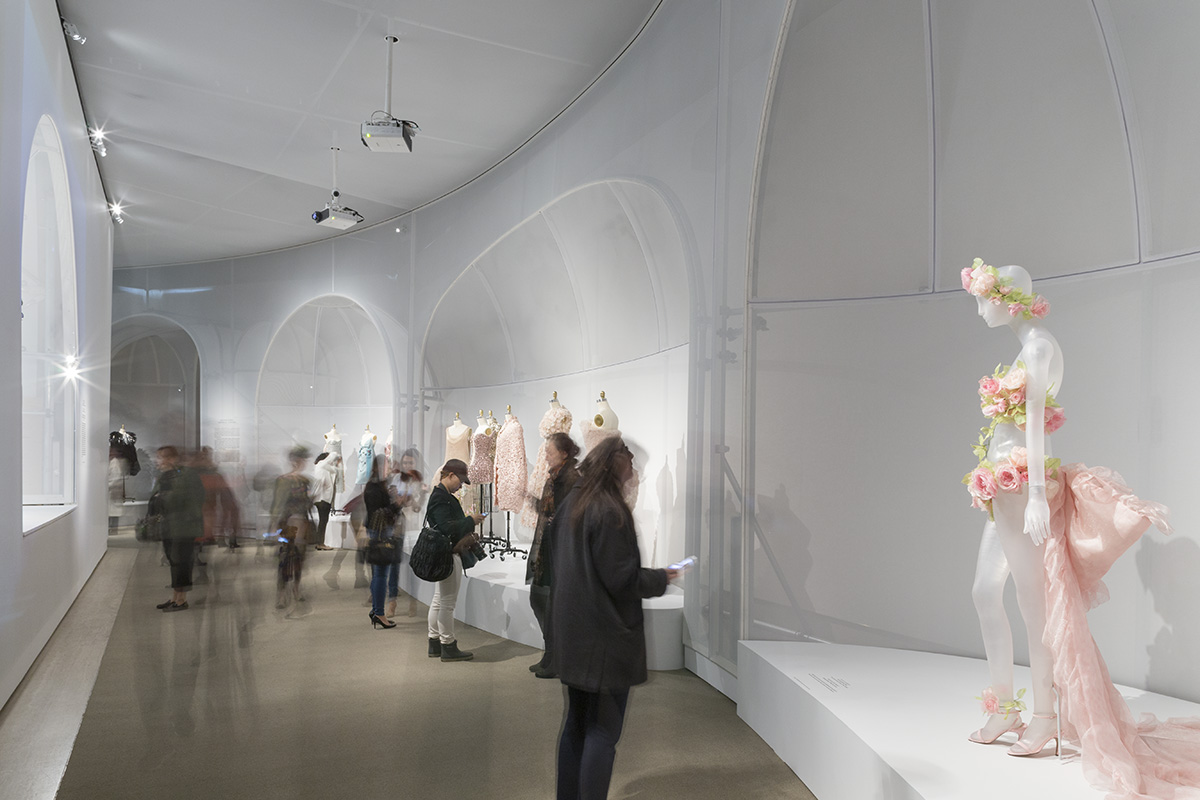
Image © Brett Beyer
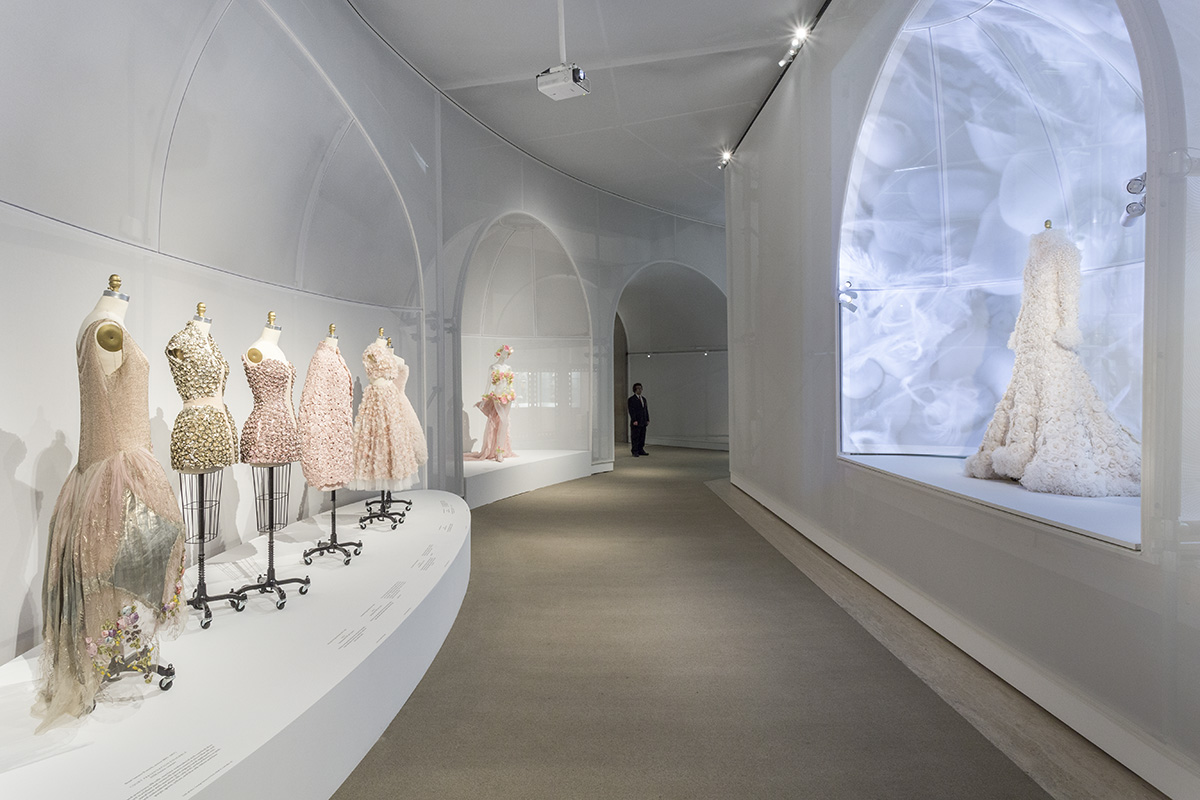
Image © Brett Beyer
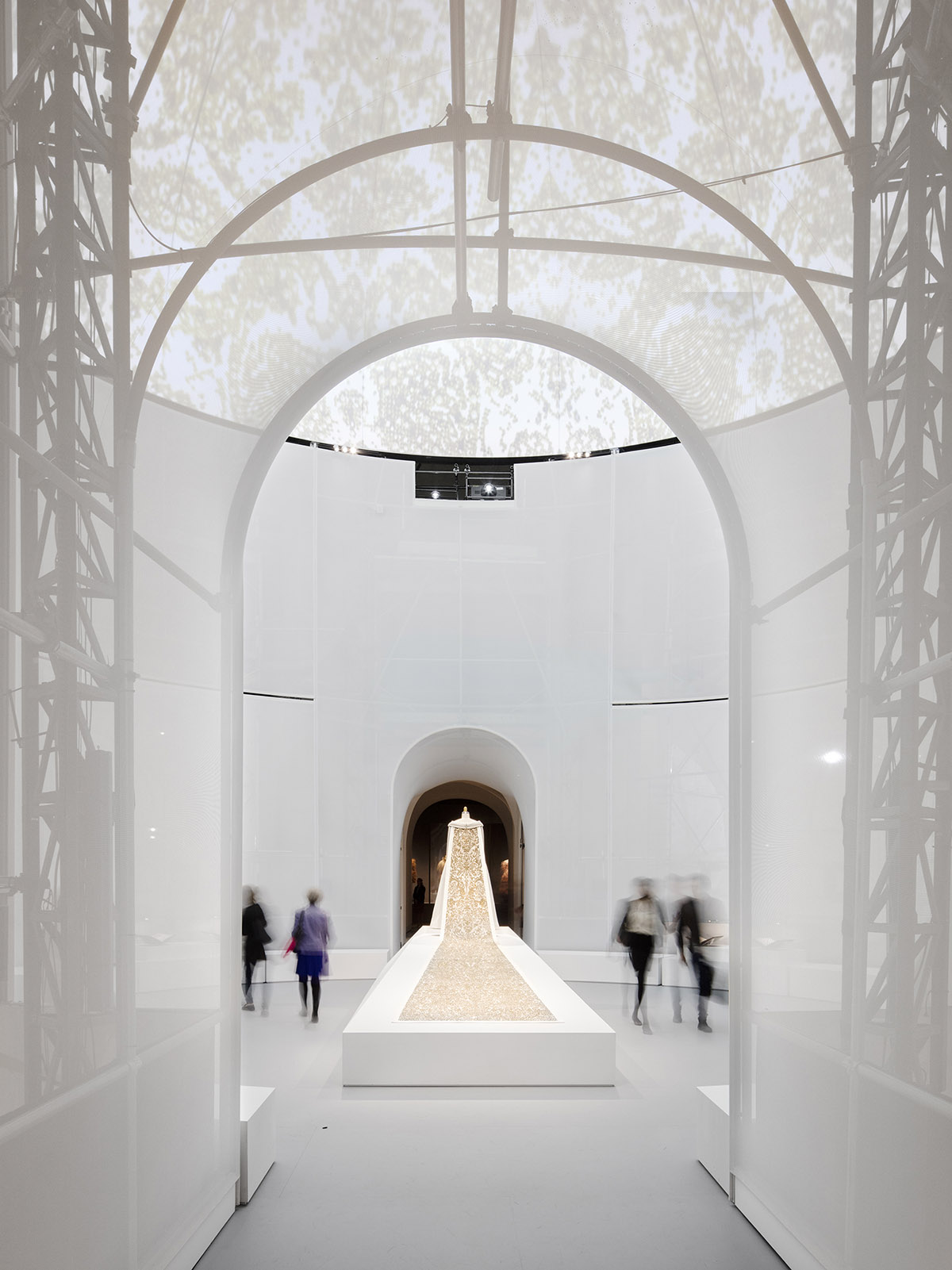
Image © Floto+Warner
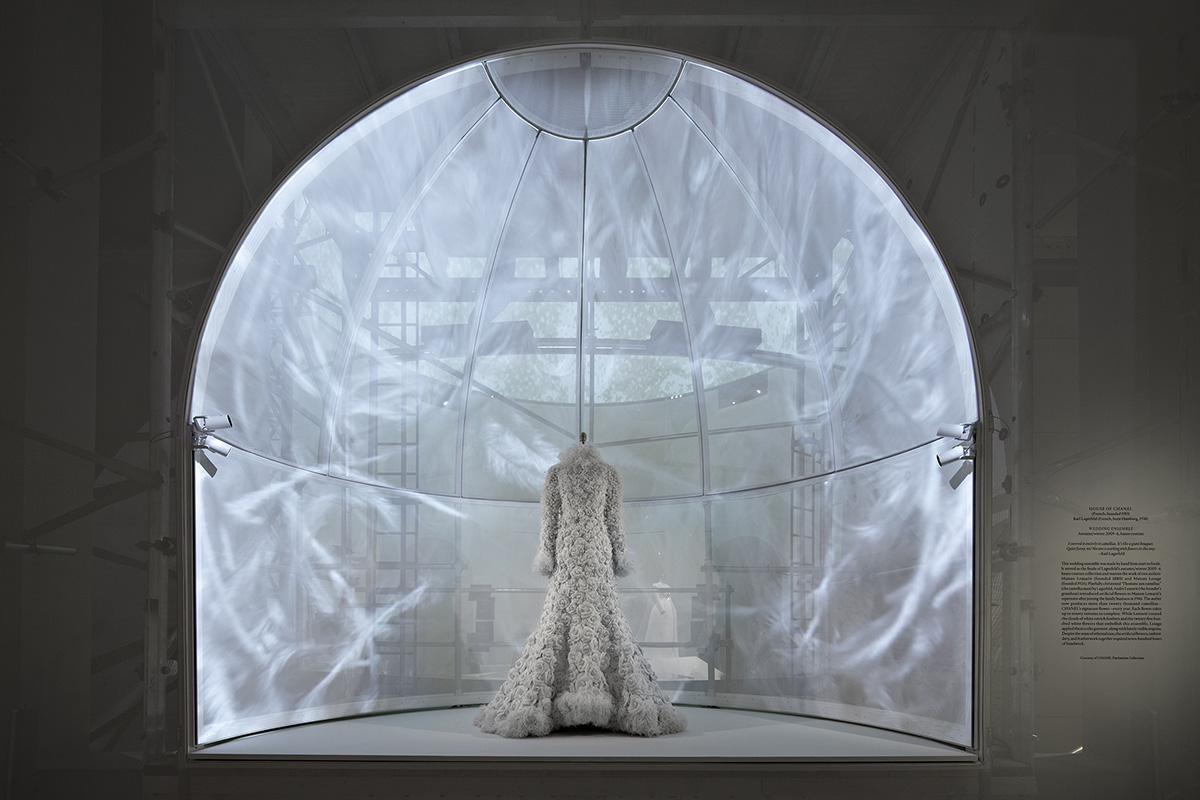
Image © Floto+Warner
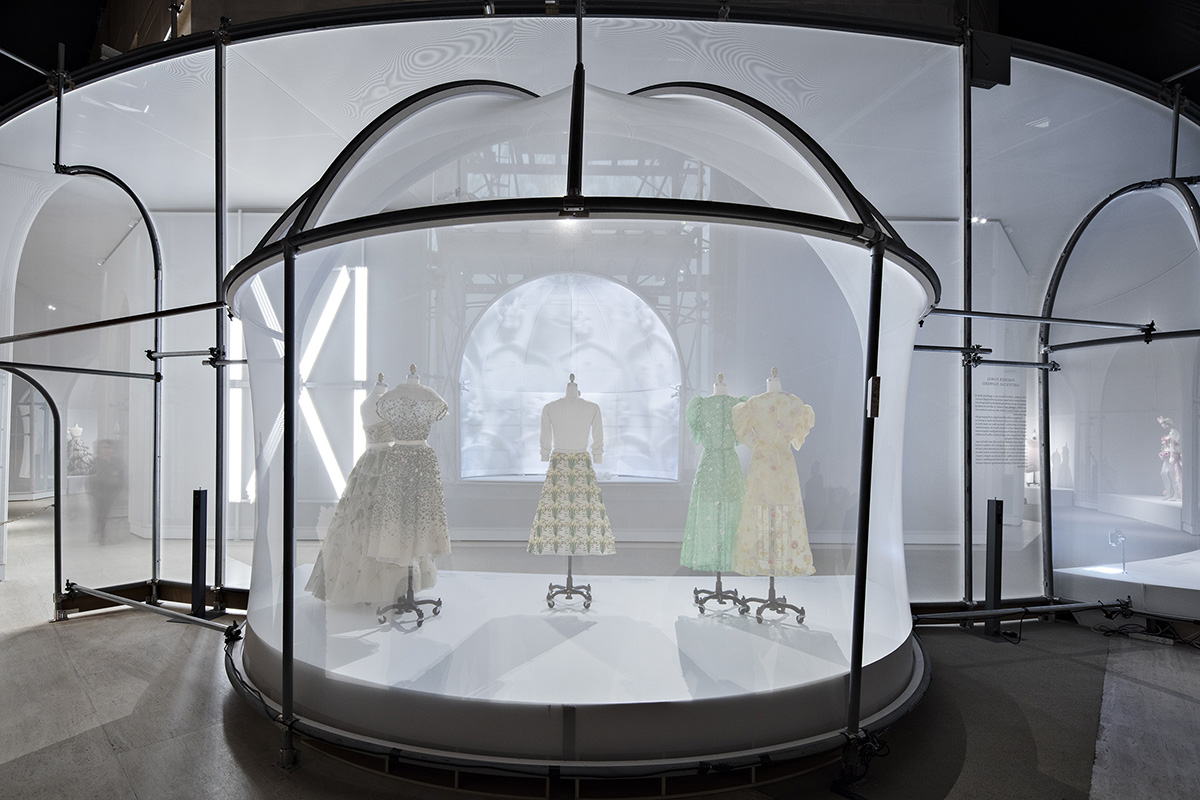
Image © Floto+Warner
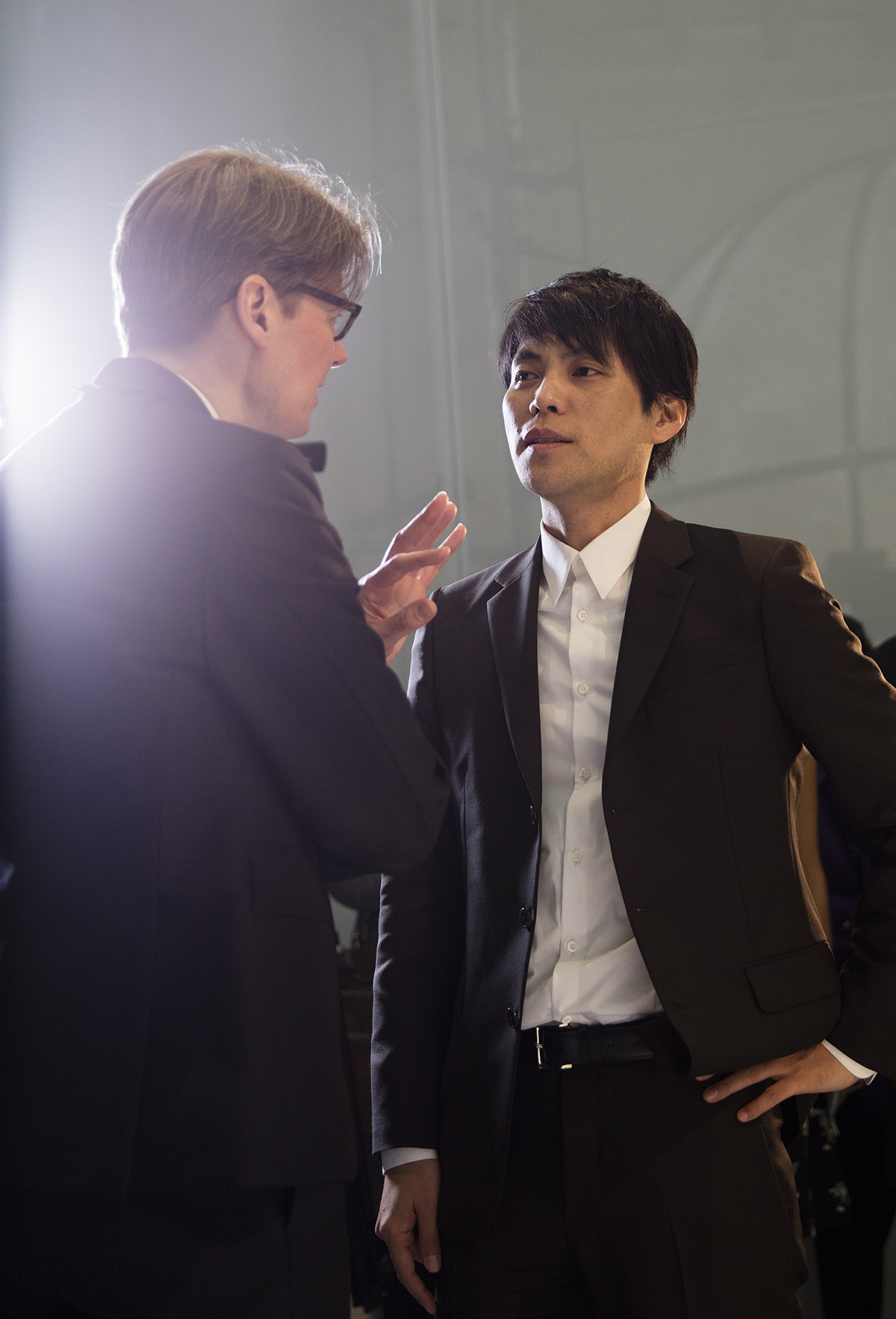
Curator Andrew Bolton and Shohei Shigematsu. Image © Floto+Warner
OMA New York will also celebrate the opening of their next exhibition design, An Occupation of Loss - a collaboration with artist Taryn Simon at the Park Avenue Armory in one week on September 13.
Top image © Albert Vecerka
> via OMA
